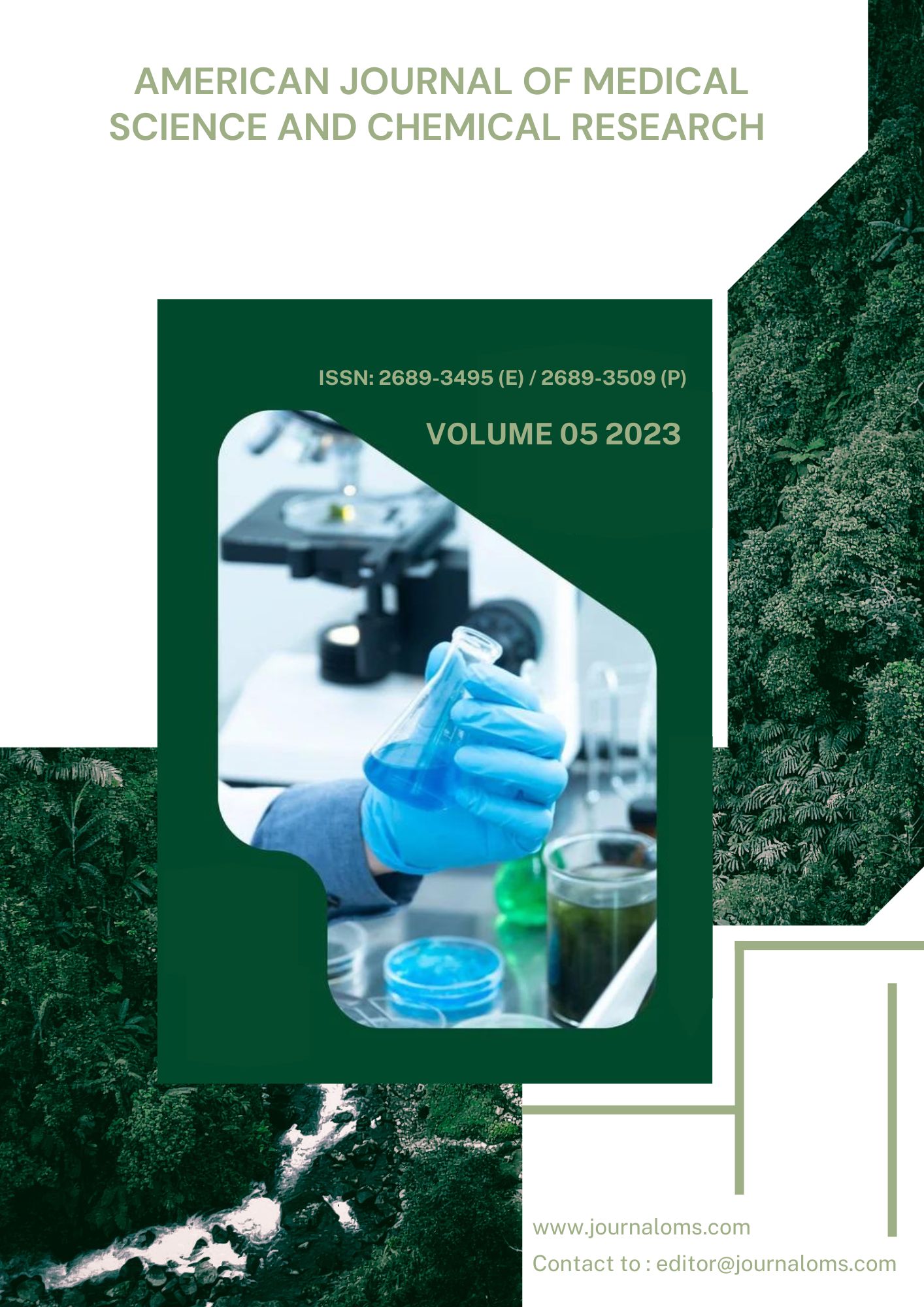EVALUATION OF THE ANTI-UROLITHIATIC POTENTIAL OF HYDROALCOHOLIC EXTRACT OF CLITORIA TERNATEA LINN
Keywords:
Clitoria Ternatea, Anti-Lithiatic Potential, , Phytochemical Composition, Acute ToxicityAbstract
The present study investigates the phytochemical composition and anti-lithiatic potential of the hydroalcoholic extract of Clitoria ternatea Linn. The whole plant was subjected to sequential extraction using petroleum ether, chloroform, benzene, and a hydroalcoholic solvent via Soxhlet apparatus and hot continuous percolation methods. Qualitative phytochemical screening revealed the presence of alkaloids, glycosides, flavonoids, phytosterols, fixed oils, fats, and saponins, while carbohydrates, proteins, gums, mucilage, starch, and tannins were absent. Acute toxicity studies in Wistar albino rats demonstrated the extract’s safety at doses up to 2 g/kg, with no observed mortality or toxic effects over 14 days. The anti-lithiatic efficacy was evaluated using an ethylene glycol-induced urolithiasis model in rats. Treatment with hydroalcoholic extracts (200 and 400 mg/kg) significantly ameliorated ethylene glycol-induced alterations in urinary biochemical parameters, including reductions in urinary calcium, oxalate, protein, and uric acid levels, along with restoration of magnesium and phosphate levels. Histopathological examination confirmed a reduction in renal crystal deposition. These findings suggest that the hydroalcoholic extract of Clitoria ternatea possesses significant prophylactic and curative effects against urolithiasis, likely attributable to its diverse phytoconstituents. The extract shows potential as a natural therapeutic agent for the prevention and treatment of kidney stones.
References
• Vidya, L., & Varalakshmi, P. (2000). Control of urinary risk factors of stones by betulin and lupeol in experimental hyperoxaluria. Fitoterapia, 71(5), 535-543.
• Viel, T. A., Domingos, C. D., da Silva Monteiro, A. P., Lima-Landman, M. T. R., Lapa, A. J., & Souccar, C. (1999). Evaluation of the antiurolithiatic activity of the extract of Costus spiralis Roscoe in rats. Journal of ethnopharmacology, 66(2), 193-198.
• Halabe, A., Shor, R., Wong, N. L. M., & Sutton, R. A. L. (2003). Effect of vitamin D3 on the conversion of ethylene glycol to glycolate and oxalate in ethylene glycol-fed rats. Clinica chimica acta, 330(1-2), 135-139.
• Shoemaker, C. A., & Holloway Jr, H. L. (1997). Effects of myofibrogranuloma on serum calcium levels in walleye (Stizostedion vitreum). The Great Basin Naturalist, 268-272.
• Lemann Jr, J., Worcester, E. M., & Gray, R. W. (1991). Hypercalciuria and stones. American journal of kidney diseases, 17(4), 386-391.
• Low, R. K., & Stoller, M. L. (1997). Uric acid–related nephrolithiasis. Urologic Clinics of North America, 24(1), 135-148.
• Ryall, R. L., Harnett, R. M., & Marshall, V. R. (1981). The effect of urine, pyrophosphate, citrate, magnesium and glycosaminoglycans on the growth and aggregation of calcium oxalate crystals in vitro. Clinica Chimica Acta, 112(3), 349-356.
• Khan, S. R. (1997). Animal models of kidney stone formation: an analysis. World journal of urology, 15, 236-243.
• Malini, M. M., Lenin, M., & Varalakshmi, P. (2000). Protective effect of triterpenes on calcium oxalate crystal-induced peroxidative changes in experimental urolithiasis. Pharmacological Research, 41(4), 413-418.
• Halabe, A., Shor, R., Wong, N. L. M., & Sutton, R. A. L. (2003). Effect of vitamin D3 on the conversion of ethylene glycol to glycolate and oxalate in ethylene glycol-fed rats. Clinica chimica acta, 330(1-2), 135-139.
• Grases, F. A., Genestar, C., Conte, A., March, P., & Costa‐Bauza, A. (1989). Inhibitory effect of pyrophosphate, citrate, magnesium and chondroitin sulphate in calcium oxalate urolithiasis. British journal of urology, 64(3), 235-237.
• Ryall, R. L., Harnett, R. M., & Marshall, V. R. (1981). The effect of urine, pyrophosphate, citrate, magnesium and glycosaminoglycans on the growth and aggregation of calcium oxalate crystals in vitro. Clinica Chimica Acta, 112(3), 349-356.
• Dawson, P. A., Russell, C. S., Lee, S., McLeay, S. C., van Dongen, J. M., Cowley, D. M., ... & Markovich, D. (2010). Urolithiasis and hepatotoxicity are linked to the anion transporter Sat1 in mice. The Journal of clinical investigation, 120(3), 706-712.
• Mwambete, K. D. (2009). The in vitro antimicrobial activity of fruit and leaf crude extracts of Momordica charantia: A Tanzania medicinal plant. African health sciences, 9(1), 34-39.
Downloads
Published
How to Cite
Issue
Section
Categories
License
Copyright (c) 2023 Amit Mishra, Dr. Sourabh Jain, Ragini Bundela, Dr. Karunakar Shukla, Dr. Neha Jain

This work is licensed under a Creative Commons Attribution 4.0 International License.
All content of this journal: Copyright © 2023 American Journal of Medical Science and Chemical Research (Journaloms), its licensors, and contributors. All rights are reserved, including those for text and data mining, AI training, and similar technologies. For all open-access content, the Creative Commons licensing terms apply.





